Monthnotes October 2025
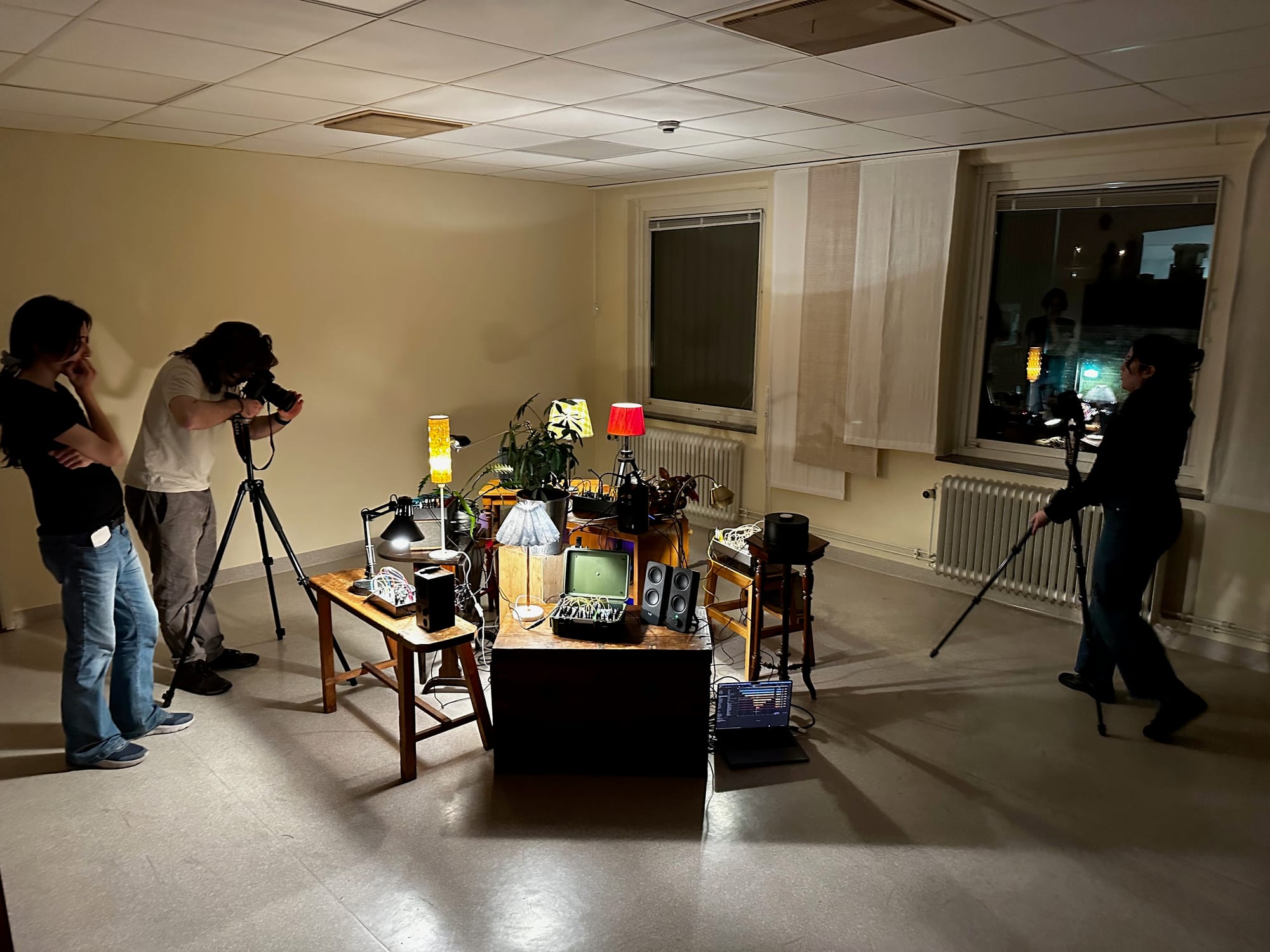
Every month or so, I share a quick digest of what I've been working on and reading. Here's the latest. More in the series here.
It has been a busy month, and I'm already about two weeks late writing this so let's get started.
Project "make a small physical device that plays ambient sonifications of local API data. Weather data, air quality, ISS position, earthquakes, etc" is complete. Version 1.0 of the device, which eventually acquired the much-better moniker "The Sonification Machine", is done, and was exhibited at Malmö Gallery Weekend at the start of October.
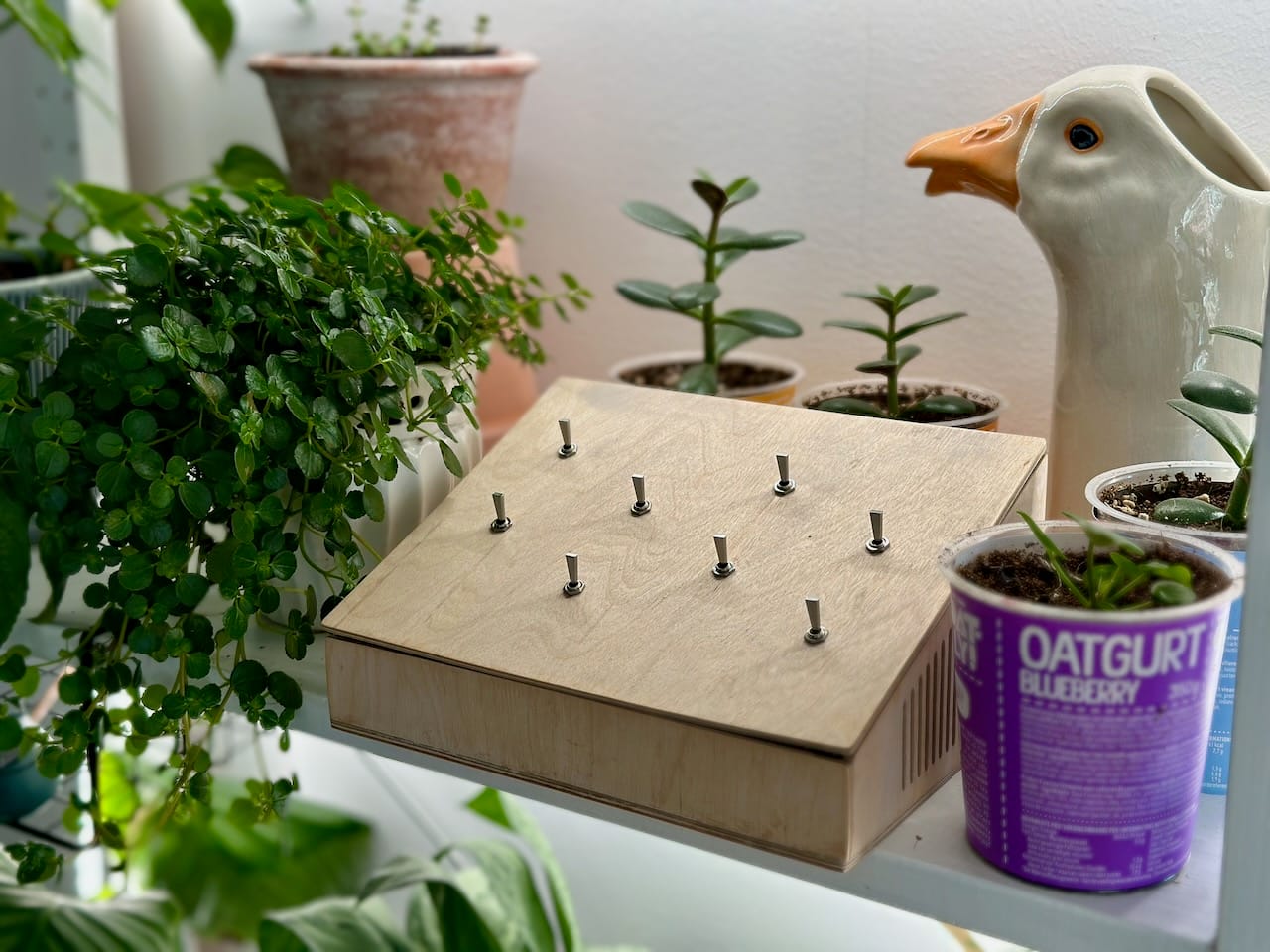
I've put together a lil page on the Loud Numbers website where you can find out a bit more, and I've also written a blog post with a little bit of the behind-the-scenes on how it works, and the bits that Silfa did. As I write there: "It's very much a version 1.0, and we'd like to develop it further in the future."
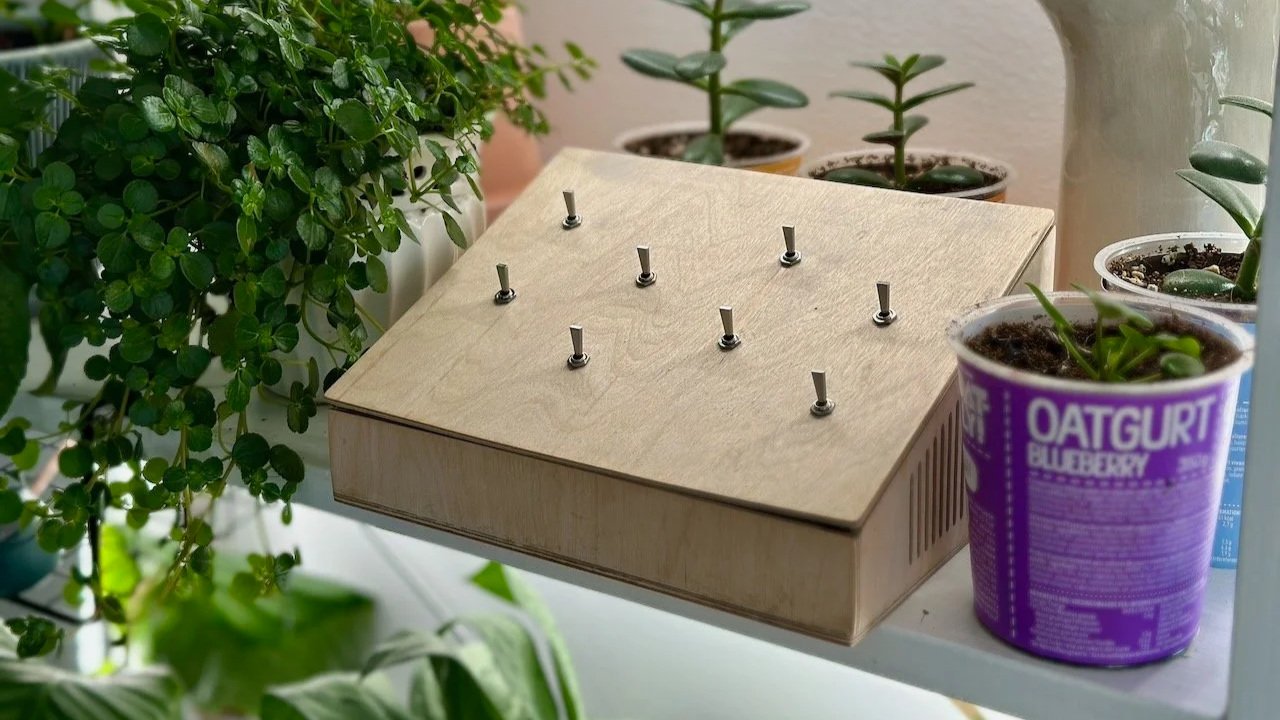
My favourite thing about it is that it exists as a physical object. Having worked digitally for almost the whole of my life, it's really interesting to play with what is essentially a digital object in physical form. The other bonus is that I can exhibit it again in the future in different contexts. And I can also just have it on my shelf at home, burbling away in an ambient way.
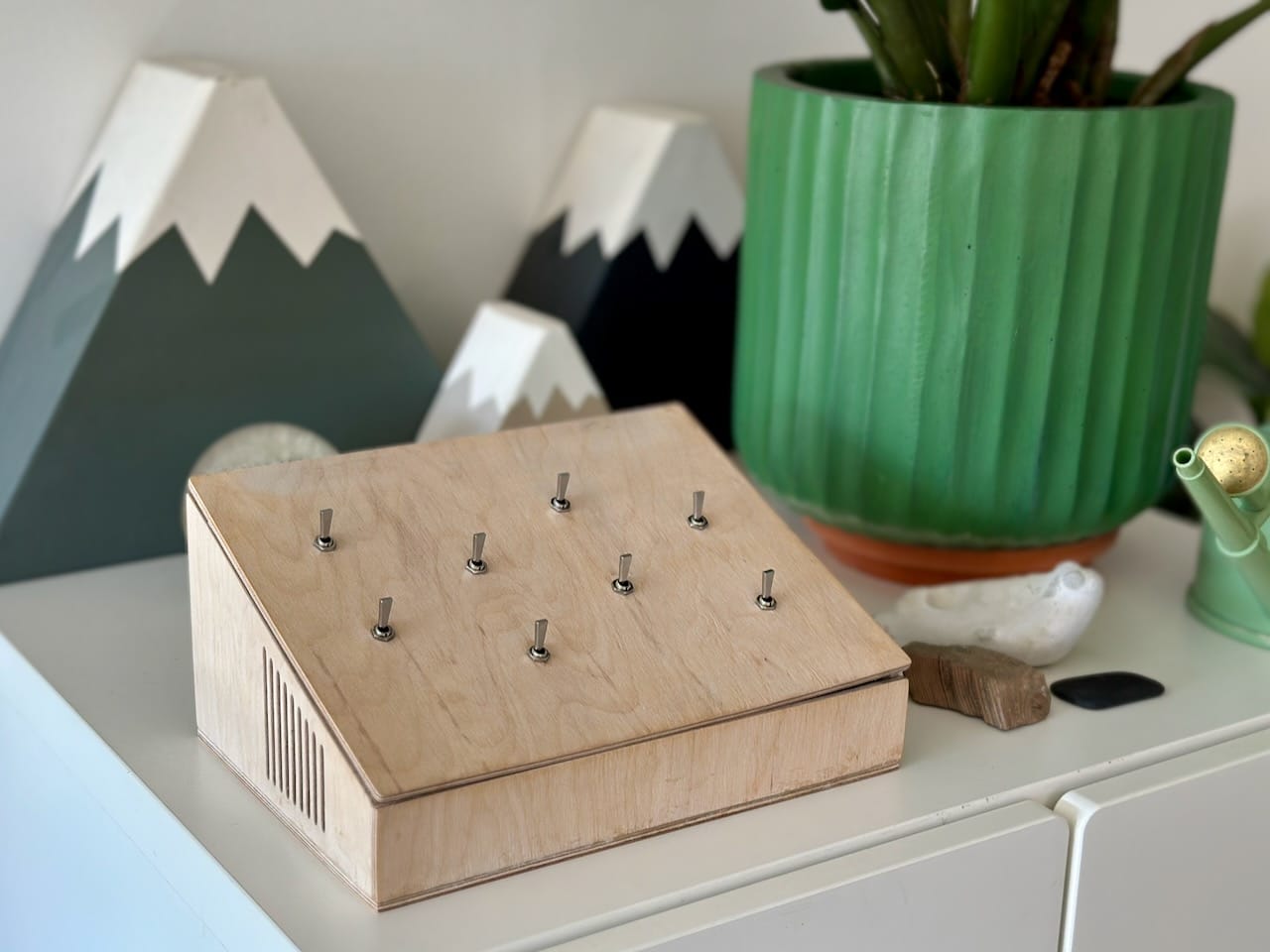
I've storyboarded out a video where you'll be able to see and hear what it sounds like - but actually filming and editing that video hasn't yet happened at the time of writing. Hopefully I'll get around to that soon, and when I do I'll share it here.
Last newsletter I mentioned that I was working on an installation based on the 2021 Loud Numbers episode A Symphony of Bureaucracy, which converts data on EU lawmaking into a classical baroque fugue played on (digital recreations of) analog synths.
The installation version instead played the data-driven melodic lines on actual analog synths. Each of those synths was loaned by a different citizen of Malmö's culture sound zone - a part of the city where you can make as much noise at you want at any time of day or night, and also where the installation was hosted. Those synths were sitting on cute little tables, each with its own table lamp that illuminated when the voice was "active", controlled over DMX.
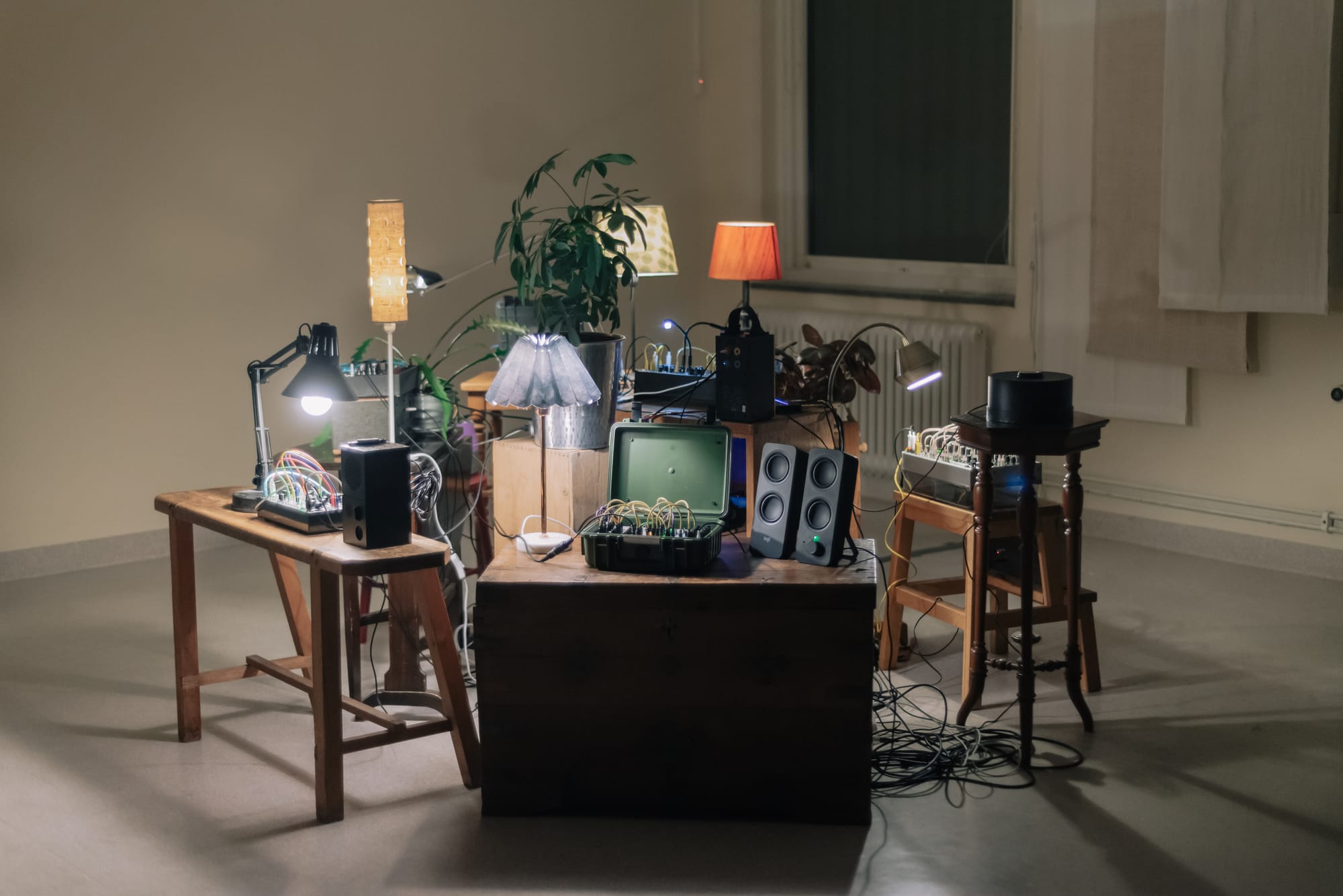
To add a bit more bureaucracy to the proceedings, before seeing the artwork visitors were required to fill in two forms to apply for “sonic citizenship” - detailing their experiences of sound and listening being used to include and exclude people in different situations. I had a great time designing up the visual language of those forms, stealing bits of legalese from all of the worst bureaucracy I've encountered in my 13ish years of freelancing (shout out to the W-8 BEN). I had a great time sitting behind a desk in a suit, acting the tired bureaucrat, stamping and certifying forms that people submitted.
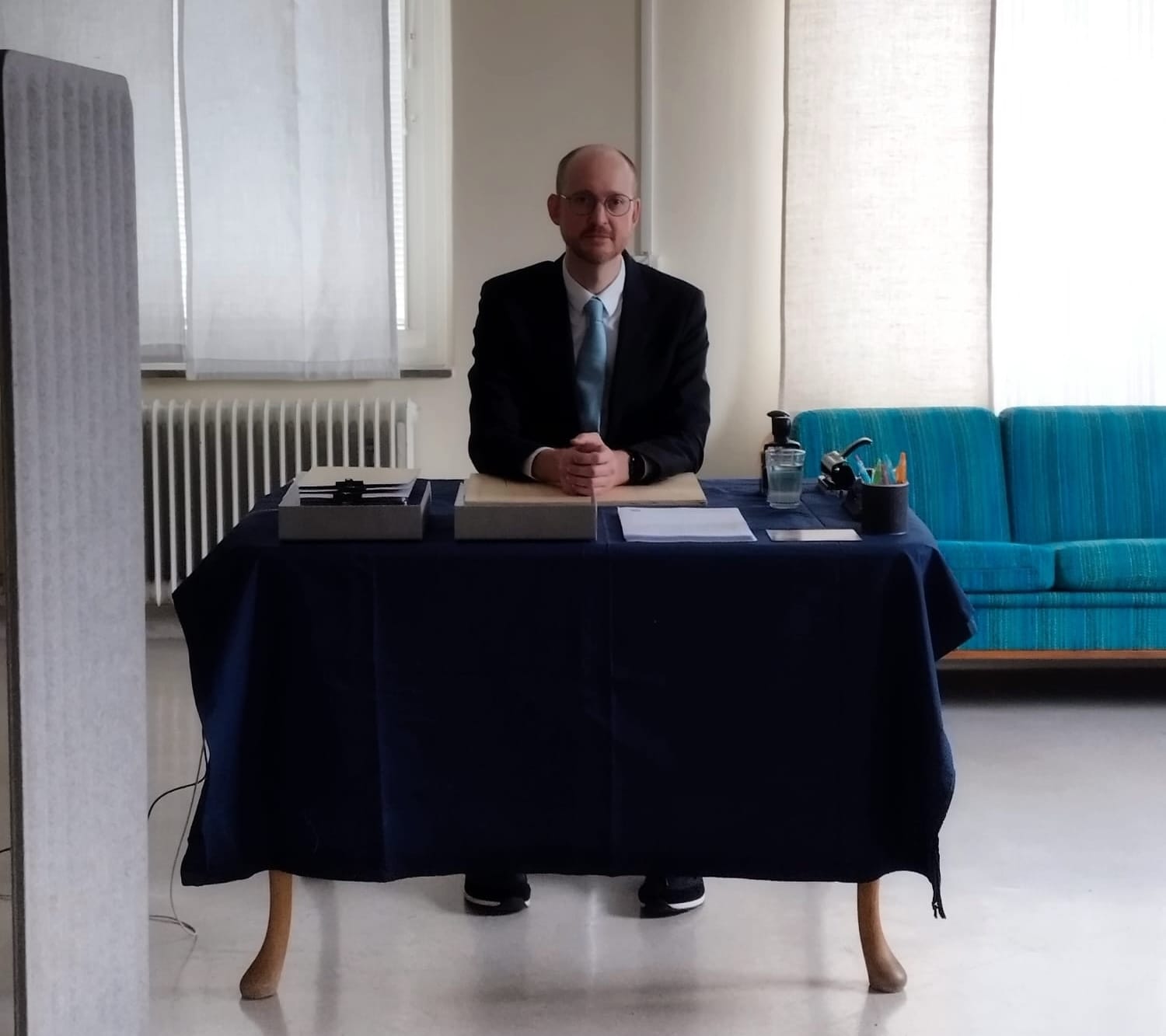
People seemed to really enjoy the whole thing. I had a lot of fun too. The installation was only open for a couple of hours, and I put a tonne of effort into those two hours, but I'm really happy with the results. Luckily I was able to get some video, but again that's sitting in the queue to edit. Maybe next month you'll see it... In the meantime, have a look at the photos over on the Loud Numbers website.
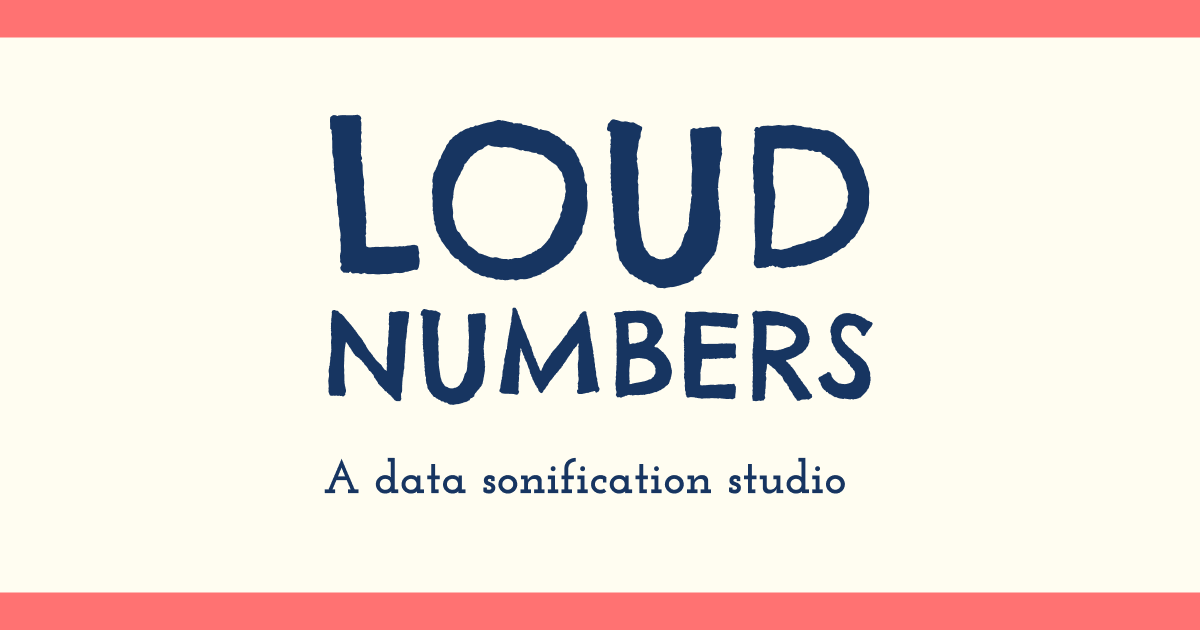
Not content with all of the above, I went to a risograph printing workshop at Beast Studio. I've loved the vibes of riso printing for ages, so it was really nice to finally get the opportunity to try it myself.
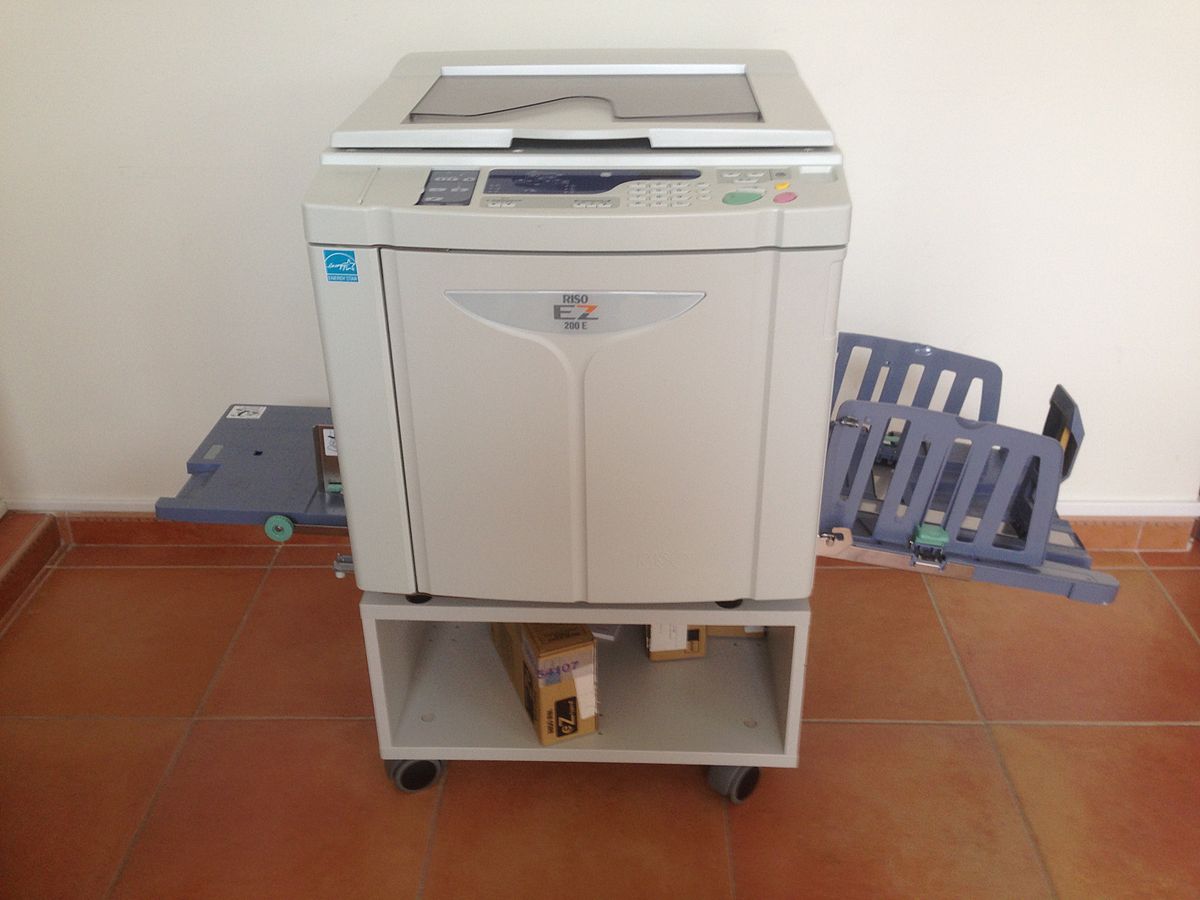
We got a really nice intro to how it works on a technical level, followed by some time to create our own two-ink designs, and then we were able to print 10 A3 copies of that design. I picked a blue-and-flourescent-orange version of the cover art for the first five Loud Numbers podcast episodes, which is now sitting proudly on my office wall.
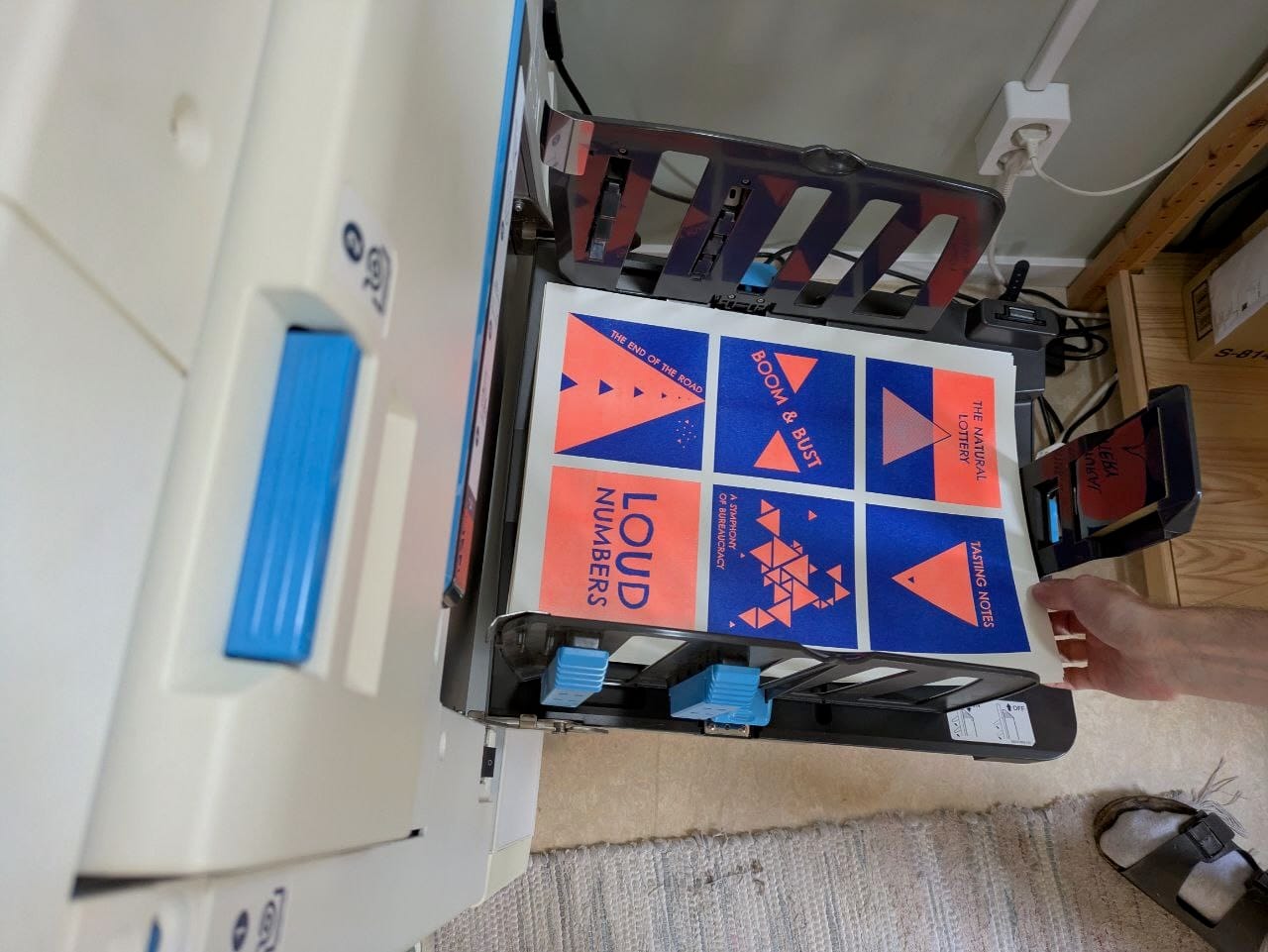
I'm hoping to do more next year - maybe even including a zine version of my workshop from earlier in the Spring on doing creative work in a climate crisis. Watch this space.
The other main thing occupying my brain-space right now is figuring out how to run a small home server that I can use to host free and open-source alternatives to commercial software like Google Docs, Slack, Instagram, Spotify and Netflix.
Partly this is for personal use, but it's also a way that I think I can contribute something useful to the creative communities that I'm a part of here in Malmö. I'm still very much in the "I have no idea what I'm doing but I have a lot of enthusiasm" phase. But my early experiments are proving fairly fruitful - I have a small Raspberry Pi server set up at home running Yunohost, and I'm starting to play around with an abandoned 2008-era desktop computer at STPLN - which is still plenty powerful enough to do quite a lot of this.
The biggest win so far has been switching the Loud Numbers workspace over from Slack to Matrix. It was incredibly easy to set up, and we're now running a chat server which (a) doesn't delete messages after 90 days, and (b) doesn't keep trying to inject AI into what we're doing. It's a total joy.
"Edutainment" (the combination of education and entertainment) is a term that was widely mocked in the early 00s, but now describes the vast majority of the media I consume. I don't know if this says more about me or how culture has changed.
Recommendation: Listers - a 120-minute documentary about competitive birdwatching, filmed in the style of a skateboarding video. The protagonists are totally charming, the people they interview are a wild bunch, and the gonzo approach on the production side of things is a real joy.
Last, but not least, a team of researchers from the Center for PostNatural History is growing plants from the light of another star. They've pointed a 100-inch telescope at the star Vega, and are shining its light into a sealed box containing algae, allowing for interstellar photosynthesis.
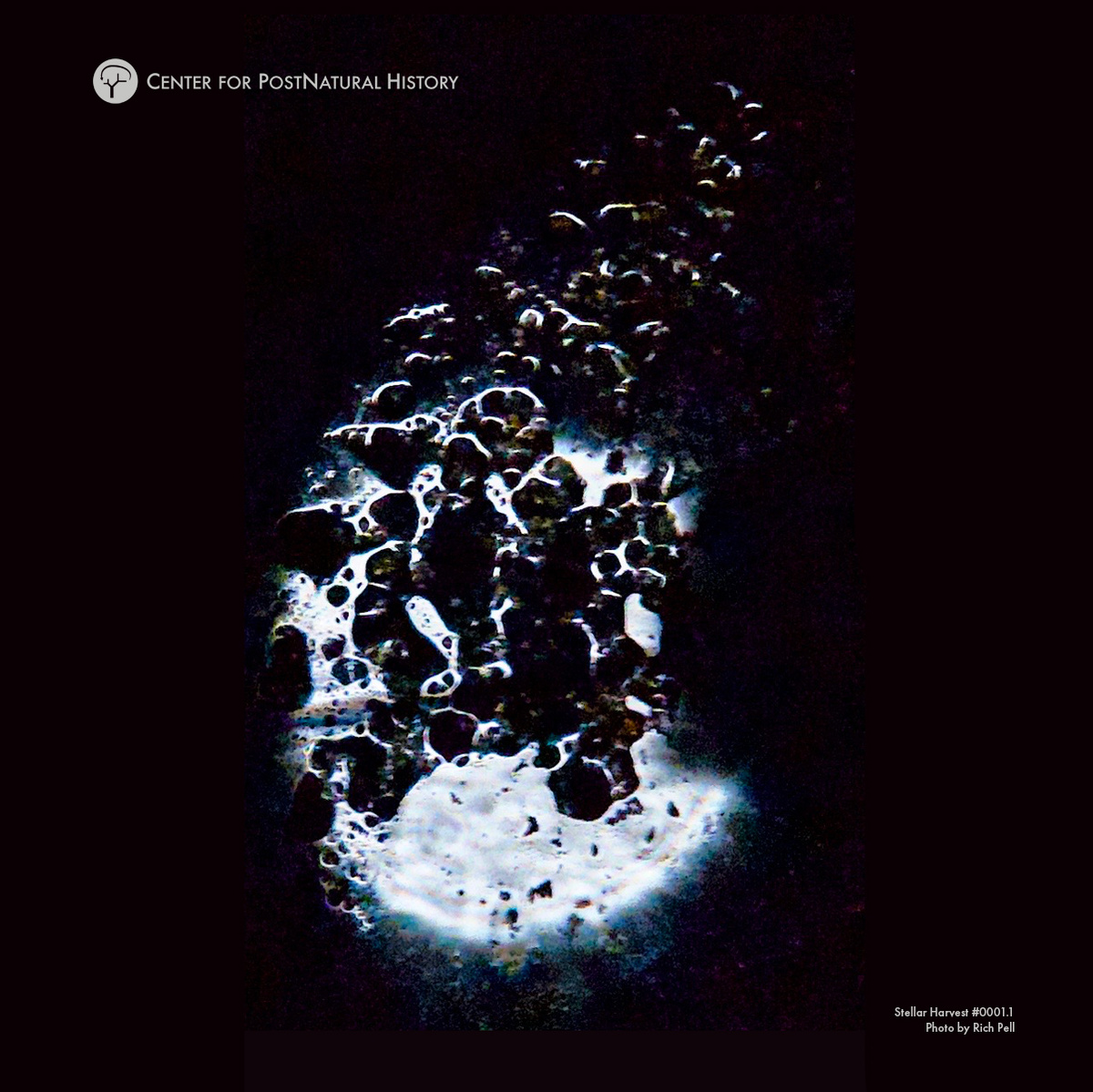
To the best of my knowledge, this has never happened before in the history of our planet. If any of the cells manage to grow and divide on that other star’s light, at least energetically, it could arguably be living on another star, without ever having left Earth.
Love it.
That's all for today. See you in November.
Duncan
